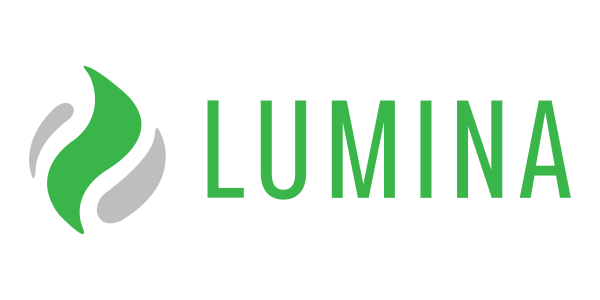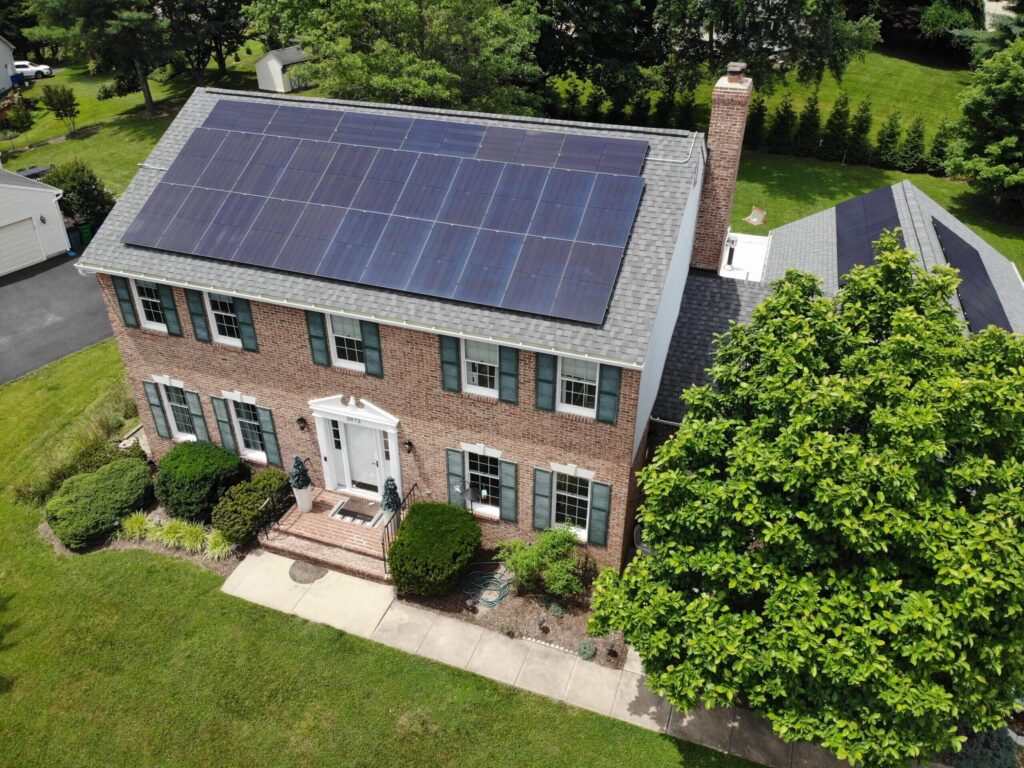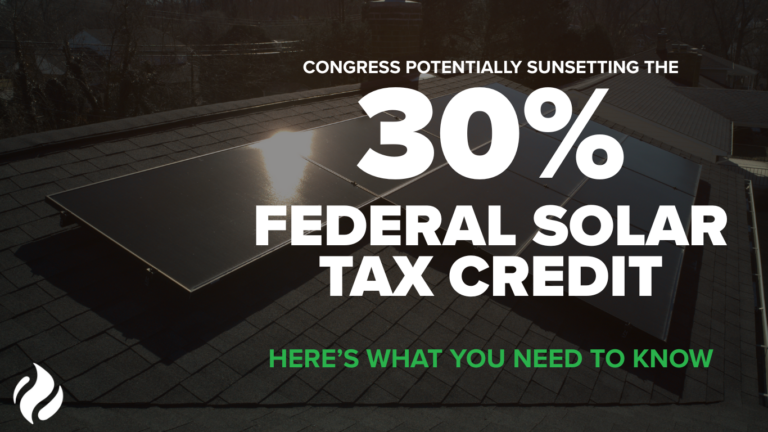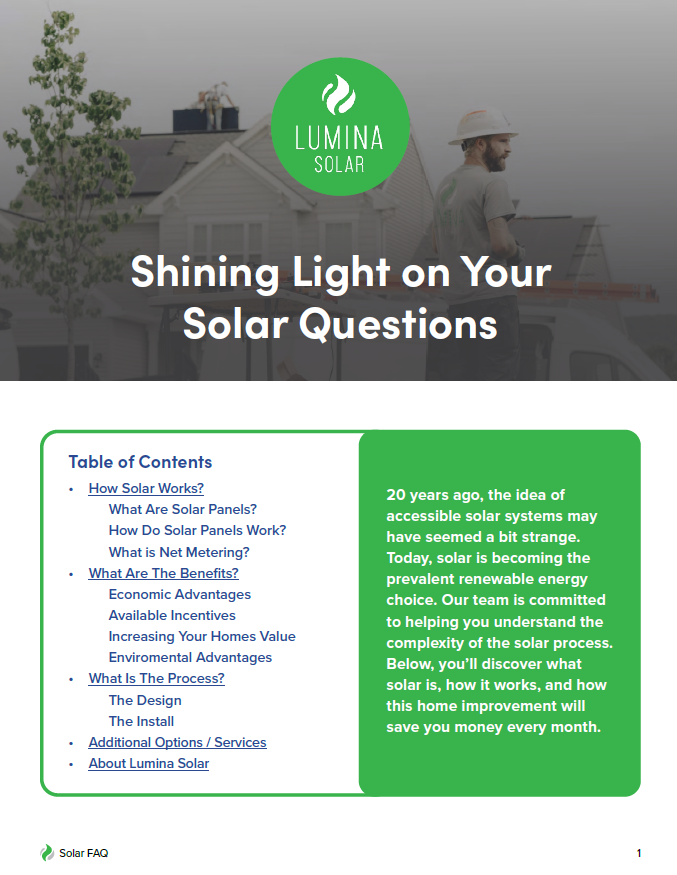As you’re researching whether or not to invest in solar panels, you may find yourself wondering how the perfect system will be designed for your home. When it comes to solar panel arrays, one size definitely does not fit all. Even two homes with the exact same design and dimensions may require different array designs based on factors such as:
- how much energy they use on a daily/monthly basis
- the direction the roof faces
- how much sun and shade they get during the day
- the climate they’re in
Your solar consultant will most likely arrive at your property for your initial meeting with a pretty good idea of the direction you’ll be headed in with your design. How is that possible? In this post, we’ll dig into what goes into each of these decisions and the technology that makes it all possible.
What Factors Go Into the Design Decision?
As we mentioned, there are a number of factors that come into play when your solar consultant is working with you to design your solar array. The biggest factors are how much energy you’re using on a monthly basis (and therefore, what your utility bill typically is) and your budget and goals for your solar investment. For many people, the ultimate goal is to save as much money as possible. For example, if during the hottest months of the year your electric bill is usually $300 due to running air conditioners and fans 24/7, you may be most concerned with offsetting those costs. Therefore, you’ll be looking at installing an array that will produce enough electricity to power your usual appliances plus the air conditioner.
How Should You Pay for Your Solar Panels?
When it comes to budgeting for the installation, there are a few options. You can:
- purchase your system outright, which means footing the bill up front for the entire project
- take out a $0 down solar loan
- sign on to a $0 Power Purchase Agreement, which is similar to leasing the system.
If you purchase your system outright you’ll eliminate all monthly utility bills with the exception of any energy that’s brought in from the grid in the event that your system doesn’t generate enough to cover your usage.
With a Solar Loan or PPA, you’ll pay monthly installments to your solar provider that covers the cost of your system installation. With the Solar Loan, once your system is paid off your monthly payments will be eliminated. With the PPA you’ll make monthly payments until the term of the agreement is up and you either choose to renew or purchase the system outright.
Once you know what your goals are (either to eliminate your utility bill entirely or to just make a dent in it) and your budget, your consultant will work with you to design the perfect array. Regardless of your goals, your array will always be designed with maximum sun exposure in mind. That means that if you have pitches of your roof that are South facing, those will be the most highly recommended placement locations.
Your consultant will, of course, take aesthetics into consideration as well. Some property owners are adamant that they don’t want panels on the front of their home, even if that’s the South facing pitch. In these cases, it may take more panels placed on the North pitch of the roof to generate the appropriate amount of energy. For homes with hip roofs, it may be beneficial to place one or two additional panels on the smaller pitches to generate as much energy as possible.
The Technology Behind It
As we mentioned, your consultant is likely to arrive at your home with a general idea of where the best placement for the panels will be. This is because at Lumina Solar, we use government LIDAR to determine the size and pitch of your roof and estimate the design that will generate the most solar energy for your property. By arriving at our first appointment prepared and ready to go with preliminary designs we’re able to facilitate a process that moves more quickly than other providers.
To learn more about the best solar energy options for your home, contact us today!



